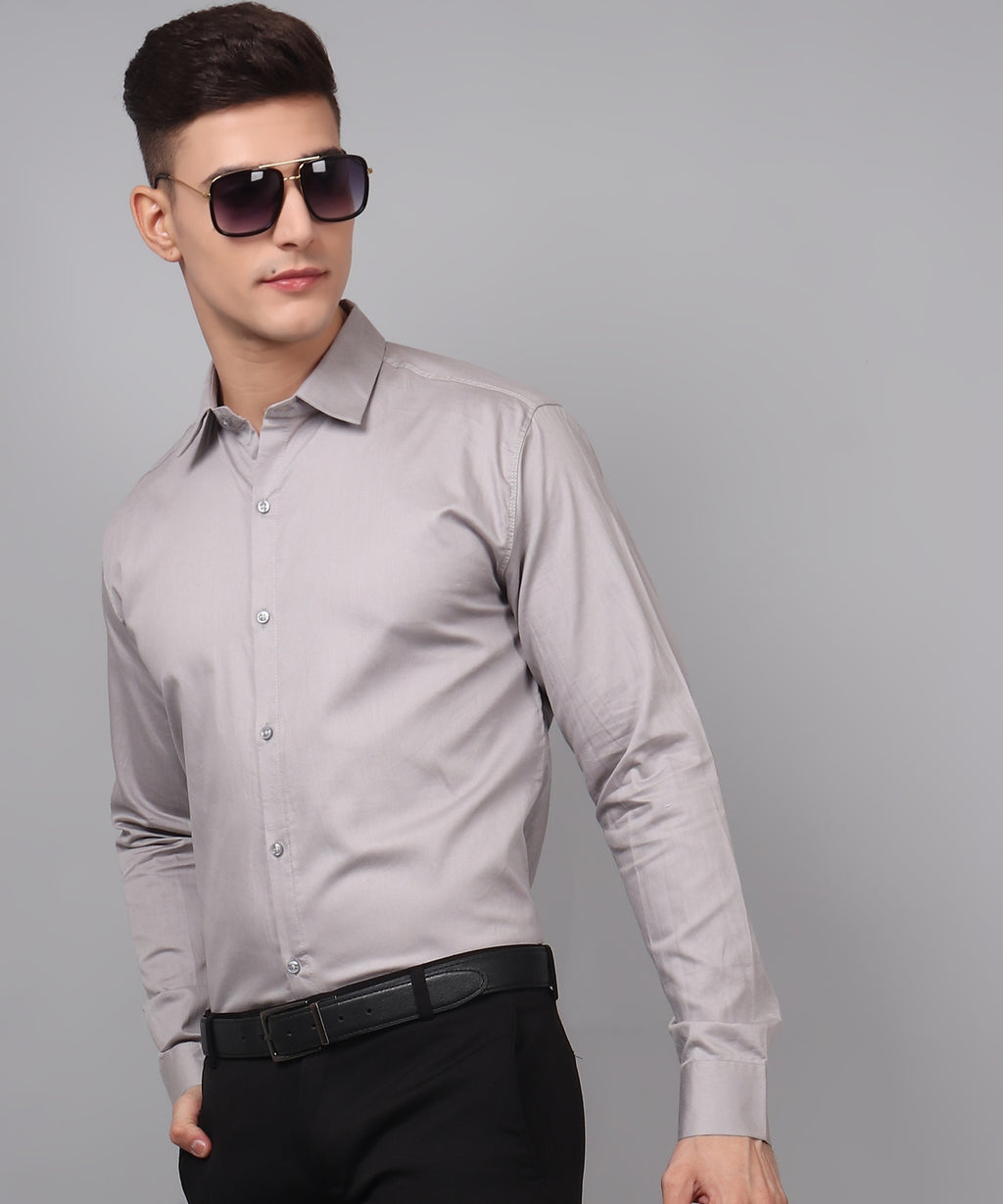Cotton Fabrics: Weaving Nature's Comfort into Fashion

Cotton, often referred to as the "fabric of our lives," has been an integral part of human civilization for centuries. Its versatility, breathability, and comfort have made it a staple in the textile industry. In this blog, we will explore the fascinating world of cotton fabrics, delving into their history, production process, types, and the sustainable revolution they're undergoing.
I. The History of Cotton Fabrics:
Cotton's rich history dates back to ancient times, with evidence of its use found in civilizations like the Indus Valley and ancient Egypt. Cotton fabrics gained prominence during the Industrial Revolution when technological advancements in spinning and weaving processes made mass production possible. This marked the beginning of cotton's ascent as a dominant force in the textile industry.
II. The Production Process:
The journey of cotton fabrics begins in the cotton fields. Cotton plants, grown in regions with favorable climates, produce fluffy fibers that are harvested and processed. The fibers go through ginning to remove seeds, after which they are spun into yarn. The yarn is then woven into fabric using various techniques such as plain, twill, or satin weaves. Cotton can also be blended with other fibers like polyester or spandex to enhance its durability and stretch.
III. Types of Cotton Fabrics:
1. **Muslin:** A lightweight, plain-weave cotton fabric, muslin is commonly used for garments, quilts, and home decor items.
2. **Denim:** Known for its durability, denim is a sturdy cotton twill fabric often used in the production of jeans and casual wear.
3. **Percale:** A closely woven, medium-weight cotton fabric, percale is popular for bed linens due to its smooth texture and crisp finish.
4. **Sateen:** Featuring a silky smooth surface, sateen is a cotton fabric woven using a satin weave, making it ideal for luxurious bedding and apparel.
5. **Canvas:** A heavy-duty fabric, canvas is commonly used for items like tote bags, tents, and outdoor furniture due to its strength and durability.
6. **Flannel:** A soft and fuzzy fabric, flannel is often associated with cozy winter wear, blankets, and pajamas.
IV. The Sustainable Revolution:
As environmental consciousness grows, the textile industry is witnessing a shift towards sustainable practices. Cotton, being a natural fiber, is at the forefront of this revolution. Organic cotton farming eliminates the use of synthetic pesticides and fertilizers, reducing environmental impact. Additionally, innovations like recycled cotton and water-saving techniques in cotton cultivation contribute to a more sustainable future for the industry.
V. Caring for Cotton Fabrics:
To ensure the longevity of cotton garments, proper care is essential. Washing in cold water, avoiding excessive heat during drying, and gentle ironing contribute to maintaining the fabric's quality. Understanding the care requirements for different types of cotton fabrics is crucial in preserving their comfort and appearance.
.
Leave a comment